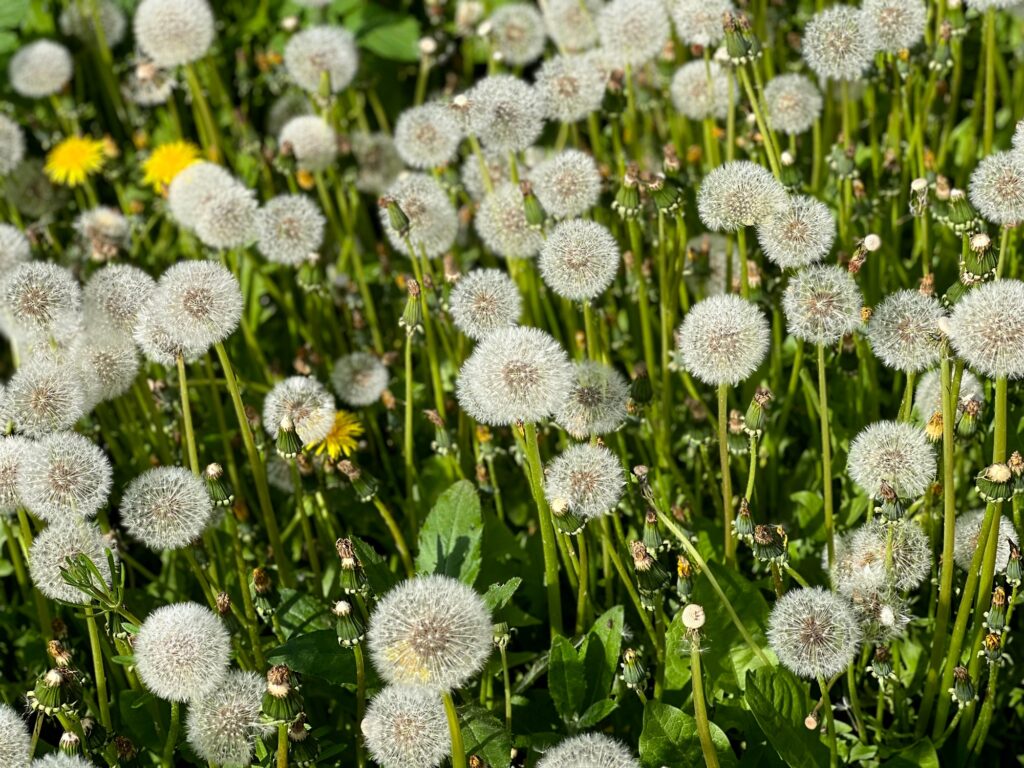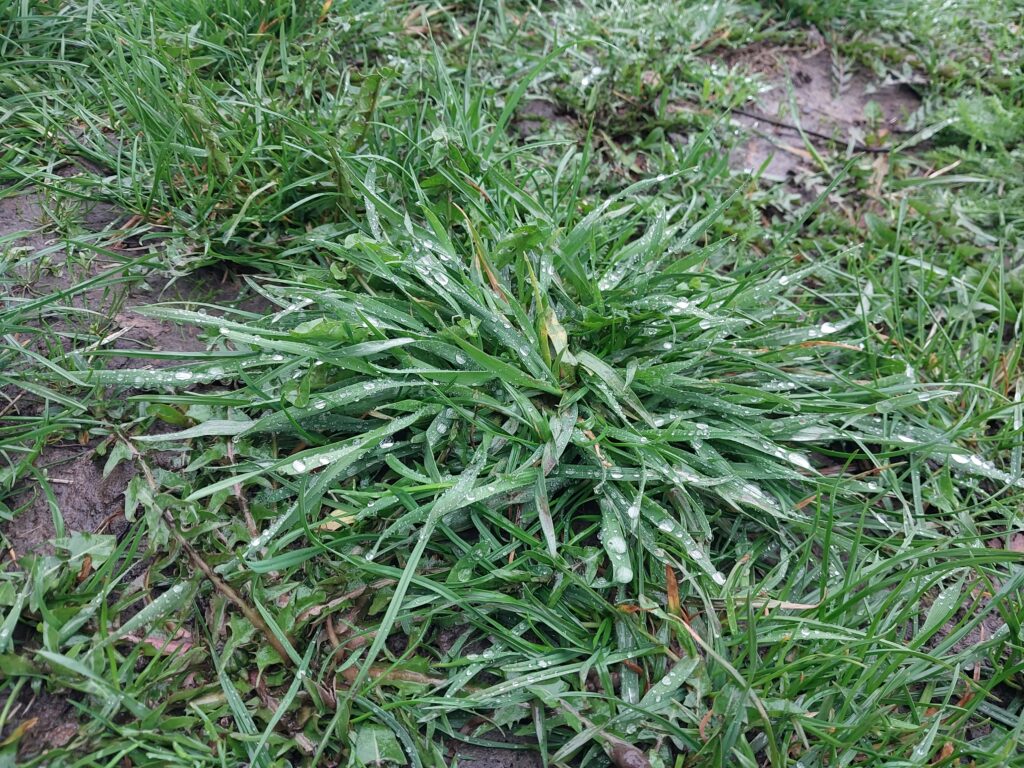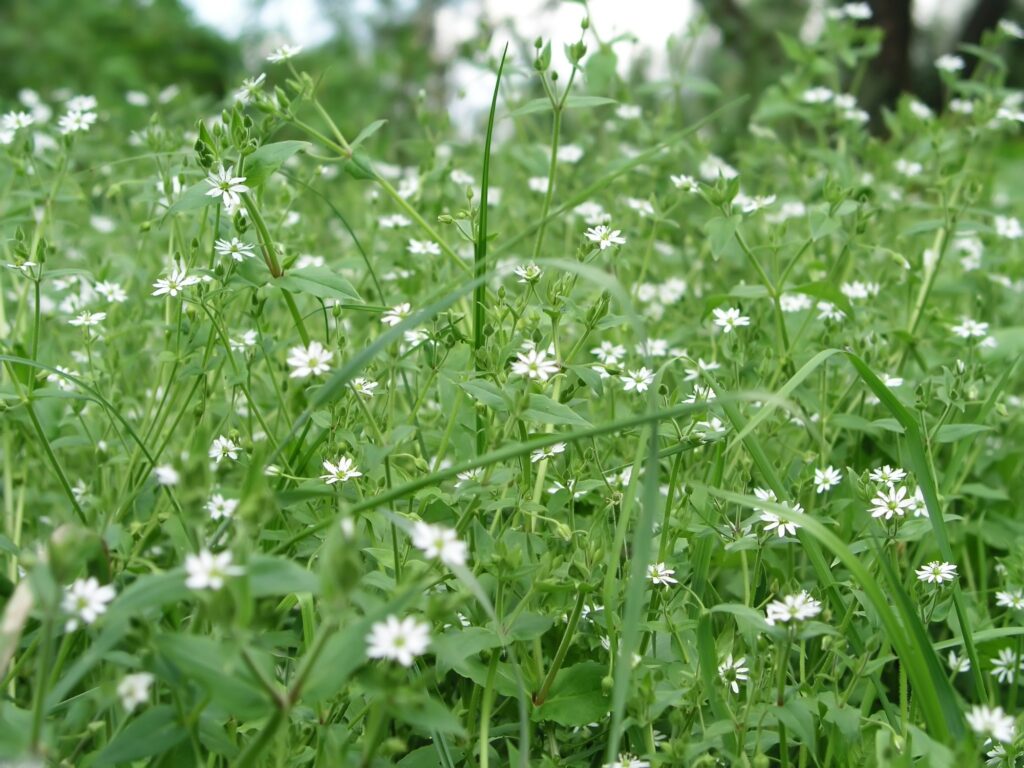Weeds are the unwelcome guests of any lawn, competing with grass for sunlight, water, and nutrients. Left unchecked, they can quickly take over, leaving your yard looking patchy and uneven. The key to effective weed control is early identification and a targeted approach to removal. Here’s how to recognize the most common lawn weeds—and what you can do to eliminate them.
1. Identify the Culprits:
Understanding which weeds you’re dealing with helps determine the right treatment. Some of the most common lawn weeds include:
- Dandelions: Bright yellow flowers that turn into white seed heads. They have deep taproots and grow in most soil types.
- Crabgrass: A low-growing, spreading grass with wide, flat blades. It thrives in thin, sun-exposed areas.
- Clover: Recognizable by its three small leaflets, clover often indicates low nitrogen levels in your soil.
- Chickweed and Plantain: Broadleaf weeds that grow in moist, compacted soil, often in shady areas.




2. Pull or Treat?
Hand-pulling is effective for isolated weeds with shallow roots, especially after a rain when the soil is moist. For deep-rooted weeds like dandelions, use a weeding tool to extract the entire root. For larger infestations, selective herbicides can be more efficient. Look for products labeled for broadleaf or grassy weeds, depending on your problem, and always follow application instructions carefully.
3. Use Pre-Emergent Herbicides Wisely:
Preventing weed seeds from germinating is one of the most effective long-term strategies. Apply a pre-emergent herbicide in early spring to block annual weeds like crabgrass before they sprout. Timing is crucial—once the weed is visible, pre-emergents won’t be effective.
4. Strengthen Your Lawn:
A thick, healthy lawn naturally crowds out weeds. Mow at the recommended height for your grass type, water deeply but infrequently, and fertilize based on soil test results. Overseeding thin or bare spots can also prevent weeds from gaining a foothold.
5. Be Persistent and Consistent:
Weed control is not a one-time task—it requires ongoing attention. Check your lawn regularly for signs of weed growth and treat promptly. Combining cultural practices with targeted weed control will give you the best chance of maintaining a lush, weed-free yard.
By learning to identify common lawn weeds and applying the right solutions, you can keep your yard looking its best year-round. If you’re facing a particularly stubborn infestation, a professional lawn care provider can help assess the situation and recommend a treatment plan tailored to your lawn’s needs.


